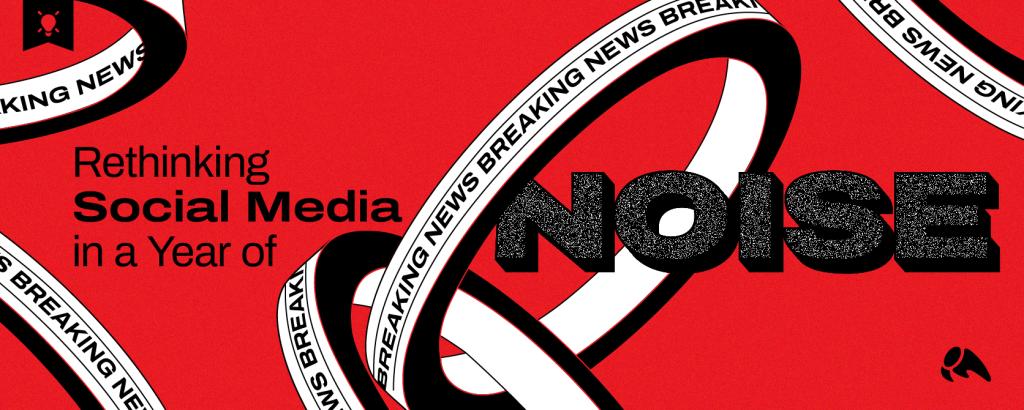
This year’s Pubcon in Austin was just fantastic. The lunch buffet alone was worth a blog post. They had this yummy dal and some kind of protein I can’t remember the name of but I had thirds, so.
I learned a lot about the kind of marketing we should be doing in 2020. DELETING old content that doesn’t serve the client or the reader! Understanding your personas’ personality types! Getting into the psychology of the people you’re talking to.
The data was overwhelming: Talk to people directly. Give them the information they’re looking for. Be emotional.
It was that last part that I gave my own talk on. In presenting “Creating the Content Machine,” iPullRank’s Michael King dazzled the crowd with research and schematics outlining the most efficient way to get your great content out in front of the right audience.
And me? I talked about feelings.
Great content! It comes from feeling things. You know that and I know that so yes blah blah emotion sells. But how do we make authentic emotional content that really resonates? That sticks in the mind of your reader or viewer? That tells the story of your brand in the truest way?
Watch TV. And download TikTok.
Thanks for reading! Have a nice day.
OK, OK, fine. Duh, there’s more to it than that. (Kind of.)
Looking at many, many forms of art and media can be so rich for the content-creation process. Because what TV and movies and music and kids on TikTok and everything we consume every day is trying to do is express or articulate something specific about what it is to be people alive in the world. And very often, this art gets it right.
These little exchanges and interactions you see in movies and books — or hear in lyrics or watch in scenes or images — can give you ideas about articulating for your clients very particular human emotions and connections. Visual shorthand and memory cues help an audience feel something powerful and recognizable. And that’s always what we want our content to be: resonant and familiar and true.
Copy the specificity of feeling. The difference between “love” and “affection,” “hate” and “disdain,” “fear” and “trepidation” may seem slight but there are chasms of feeling between them. Intensity and expression of these feelings vary wildly. And within these subtle shifts of feeling lies what you’re looking for: truth.
A recent study determined that human beings have an infinite number of emotions, but a finite number of ways to describe them. So as you’re reading, researching, observing and feeling, take note of the familiar and the under-represented. Find new ways of articulating familiar experiences. Challenge yourself to avoid broad and overused terms and concepts like “love,” like “sad,” like “fear.” Try “tenderness.” Try “bittersweet.” Try “apprehension.”
It sounds grandiose, but treat your content production like it’s art. Because art and content are both modes of expression. Your content deserves the same gravity and reverence as art does. I mean it!
Watch “The Bachelor.” Download TikTok. Never stop reading. These are the gardens where great ideas grow.
See the full deck here:





